Ever wondered how some smartphone photos look almost professional? With the best phone cameras available today, capturing stunning images is just a pocket away. This guide explores top smartphones that deliver exceptional photo quality, catering to a range of photographic needs and budgets. Whether you’re an amateur looking to step up your photo game or a seasoned photographer seeking a convenient yet powerful tool, there’s something here for everyone.
After picking the perfect camera phone, why not improve your smartphone experience? Upgrade your gaming and media with best wireless gaming earbuds. These earbuds pair seamlessly with your smartphone, improving audio for an immersive experience.
Game Rant’s Best Camera Phones
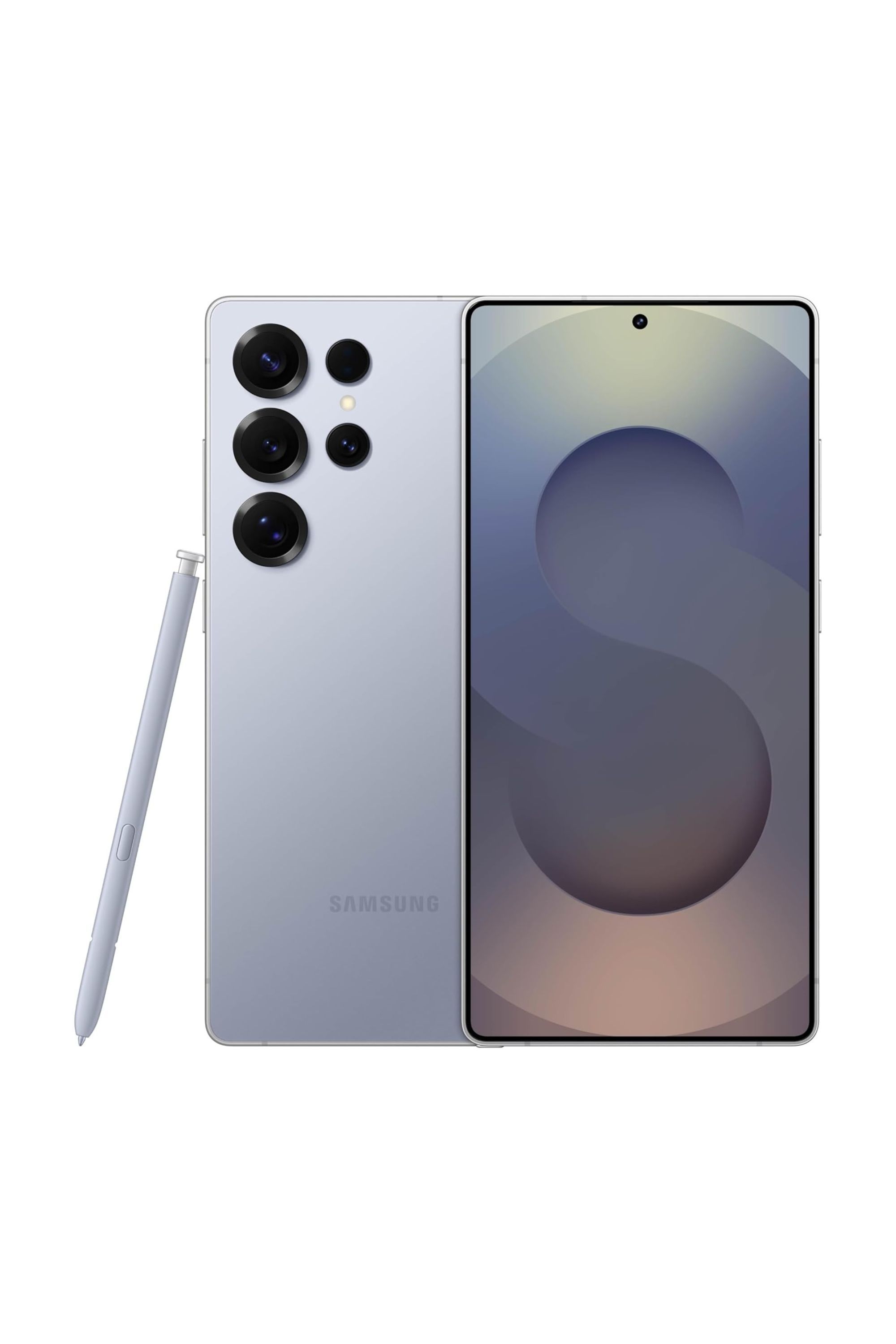
Best High-End Camera Phone
Samsung Galaxy S25 Ultra
Beyond Limits, With Precision
$1075 $1300 Save
$225
The Samsung Galaxy S25 Ultra is a flagship smartphone featuring a 6.9-inch QHD+ Dynamic AMOLED display, Snapdragon 8 Elite processor, 200MP quad-camera system, built-in S Pen, and 5000mAh battery.
- Exceptional AI-driven multitasking across apps, highly efficient.
- Ultra-bright 6.9-inch AMOLED display, 2600 nits peak.
- Superb 200MP camera with versatile zoom capabilities.
- The S-Pen lacks Bluetooth functionality.
- Qi2 wireless charging requires a compatible case.
Starting off with the crème de la crème, our buddy Galaxy S25 Ultra is the paragon of smartphone photography thanks to its formidable quad-camera system. We’re working with a 200MP main sensor that delivers crisp, vibrant shots with an impeccable dynamic range, while the boosted 50MP ultra-wide captures bigger scenes with minimal distortion.
Samsung also has a dual telephoto approach to things here, combining 10MP 3x and 50MP 5x periscope lenses. This translates to consistent quality in your zooms, all the way to 10x.
Nightography is a word that was thrown around quite a bit with this model, and thankfully, the S25 Ultra has the sauce to back up the gimmick. The new algorithm brings down the noise while preserving natural colors. Is the macro on this phone the absolute best? Not really, it’s quite okay, but you would expect more for this price range. On the video side of things, there’s 8K/30fps recording and super-smooth 4K/120fps options.
The virtual aperture feature in Expert RAW also gives you DSLR-like depth control, which is something that was practically impossible in smartphones before. Not to mention that we have a great titanium body, dazzling 6.9-inch display (2600 nits peak brightness), and seven years of software support, which definitely justifies the flagship tag.
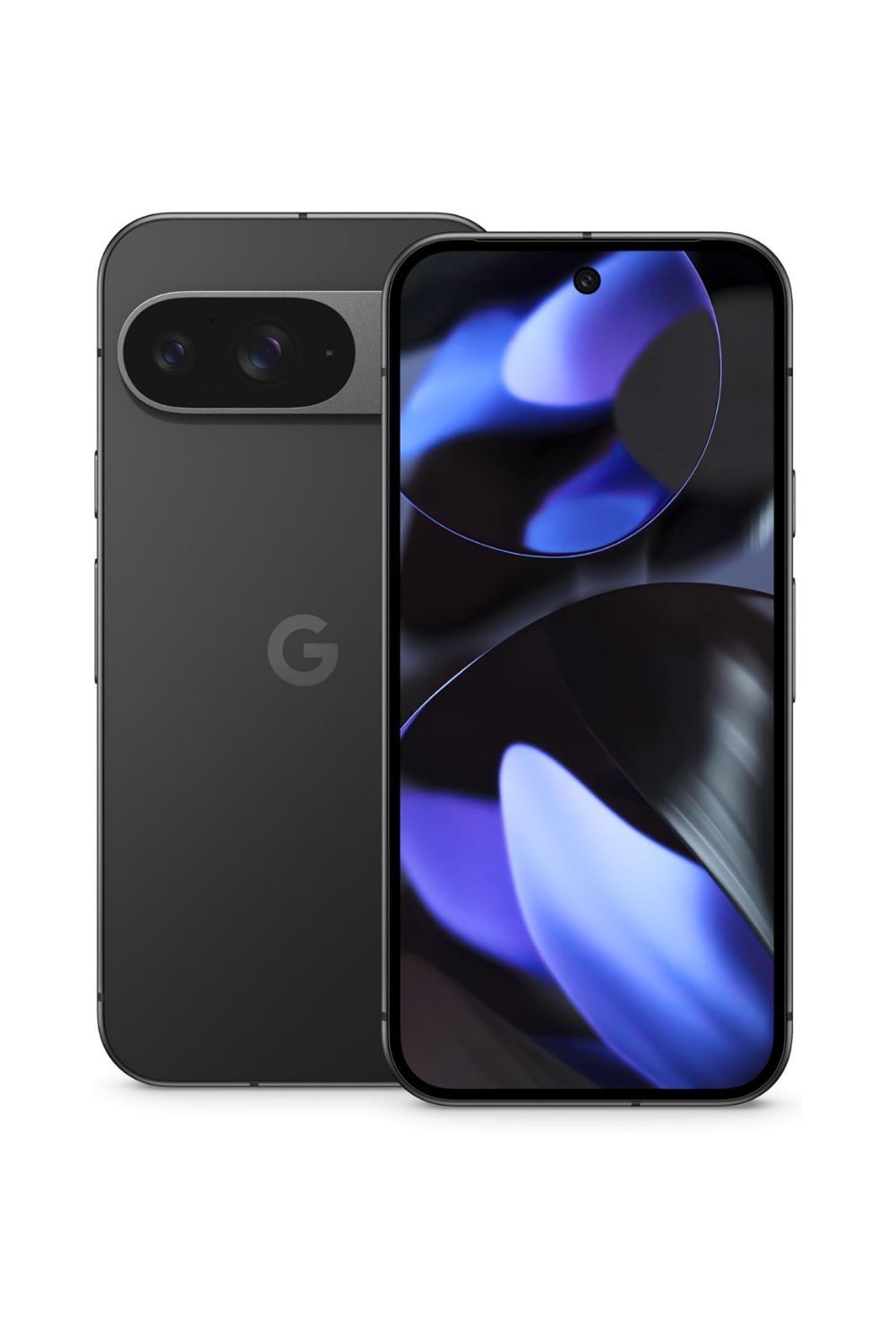
Best Mid-Range Camera Phone
Google Pixel 9
AI-Powered Brilliance, Every Day
$630 $799 Save
$169
The Google Pixel 9 is a compact flagship smartphone featuring a 6.3-inch OLED display, Tensor G4 chip, 50MP dual cameras, advanced AI tools, 7 years of updates, and a 4700mAh battery.
- 7 years of software and security updates ensure longevity.
- Bright 2700-nit OLED display offers excellent outdoor visibility.
- AI-powered features like Magic Editor enhance creative photo editing.
- 27W wired charging (without Google charger) is slow for a flagship device.
- FHD+ resolution feels outdated at this price point.
This is basically Google’s AI playground disguised as a phone, and it shows from the moment you power it on. The star of the show is that camera system, which might look underwhelming on paper with “just” a 50MP main and 48MP ultrawide, but absolutely demolishes phones with beefier specs thanks to Google’s computational algorithm.
The Pixel’s Night Sight continues to pull off dark magic, transforming pitch-black scenes into surprisingly detailed, low-noise photos. The Magic Editor feature lets you casually perform photo edits like moving subjects or removing photobombers. The lack of a dedicated telephoto lens does sting a bit, though Google’s Super Res Zoom delivers surprisingly decent results up to about 5x before things start getting mushy.
Under the hood, the Tensor G4 chip is optimized specifically for AI tasks, handling on-device processing that makes features like real-time transcription and spam call filtering feel absolutely seamless. That 6.3-inch OLED Actua display hits a retina-searing 2700 nits peak brightness.
Battery life from the 4700mAh cell is solid rather than spectacular, easily getting through a full day but not much beyond that with heavy use. The charging situation feels strangely stuck in 2022, though 27W wired charging (or 45W with Google’s own brick) when competitors are pushing 80W+ feels kind of pointless.
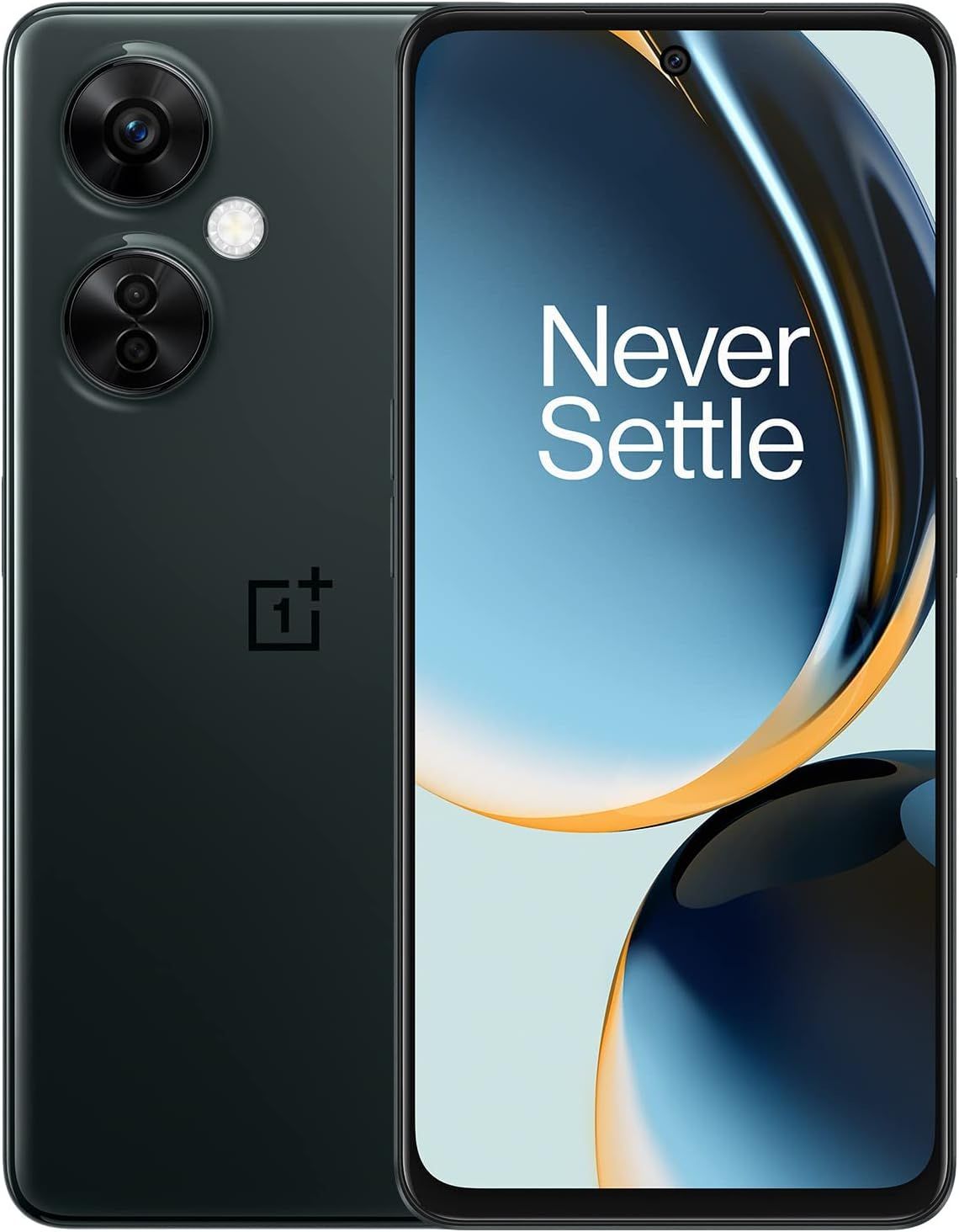
Best Low-End Camera Phone
OnePlus Nord N30 5G
Budget-Friendly, Feature-Packed
$250 $300 Save
$50
The OnePlus Nord N30 5G features a 6.72-inch FHD+ 120Hz display, Snapdragon 695 processor, 108MP triple cameras, 5000mAh battery with 50W SuperVOOC charging, and OxygenOS 13 for smooth performance.
- Affordable price with a 108MP main camera feature.
- Smooth 120Hz refresh rate on a large 6.72-inch display.
- Fast 50W SuperVOOC charging, excellent for quick top-ups.
- Limited low-light camera performance and image consistency.
- Short software update timeline (1 major update, 3 years security).
If you’re shopping on a tight budget, the OnePlus Nord N30 5G is the fast food of smartphones. Filling enough, but you wouldn’t expect a gourmet experience. The headline feature is that impressive-sounding 108MP main camera, which actually delivers surprisingly solid shots in good lighting with punchy colors and decent detail.
The 3x “lossless zoom” essentially crops the sensor, but the results aren’t terrible. The two other cameras are quite basic as well: a 2MP macro and a 2MP depth sensor that’s there mostly to bump up the camera count on the spec sheet. Video recording maxes out at a pedestrian 1080p/30fps with stabilization that can be a little shaky. On the plus side, the 6.7-inch 120Hz display is actually decent for an LCD panel.
Battery life is genuinely great with that chunky 5000mAh cell, and the 50W charging means you’re back in business quickly when it dies. For just under $300, you’re getting a serviceable phone that handles the basics, has a headphone jack, and even packs NFC and expandable storage. Just keep your expectations in check for anything camera-related beyond basic daylight snaps.
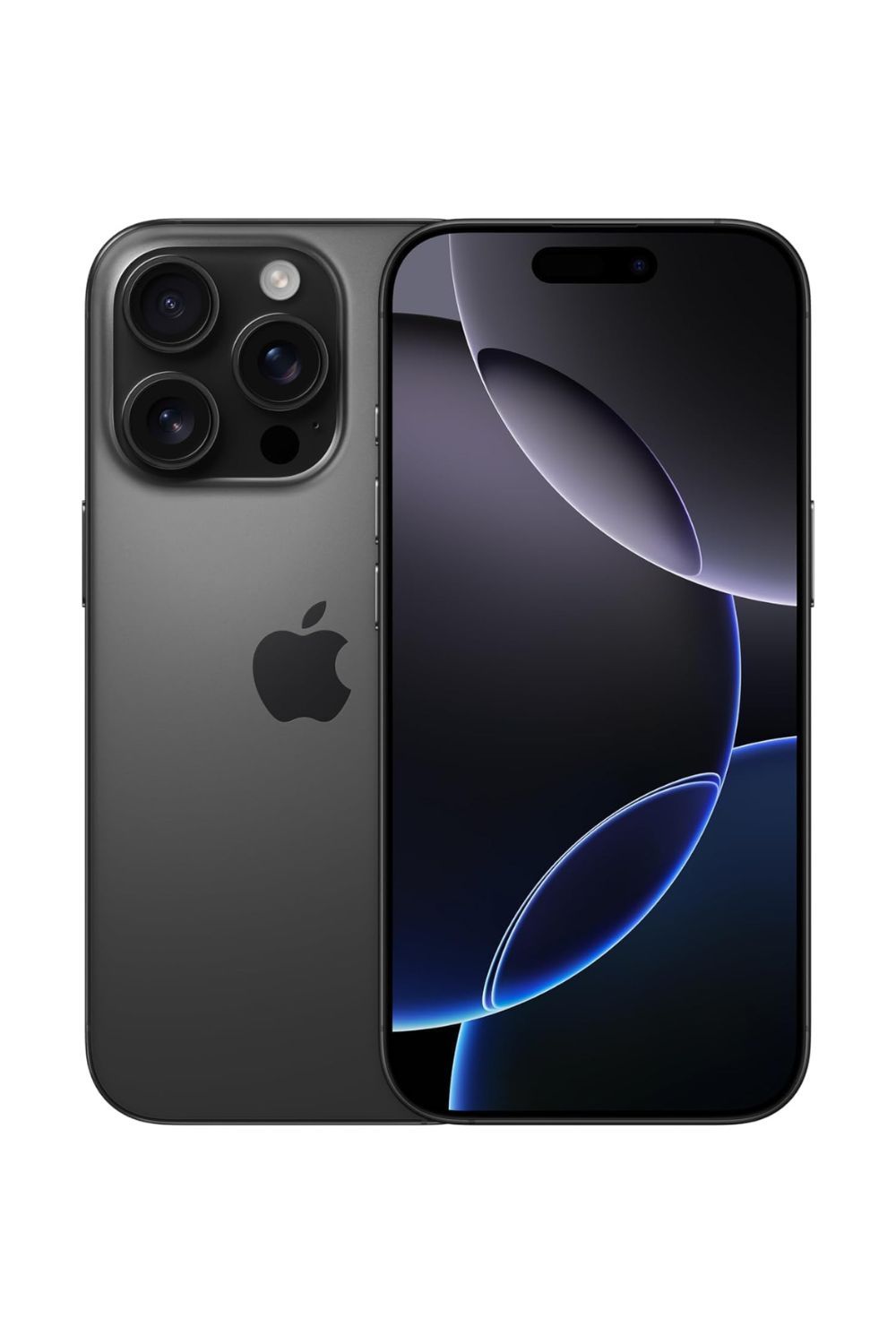
Best iOS Camera Phone
Apple iPhone 16 Pro Max
Pro Max Power
The iPhone 16 Pro Max features a 6.9-inch Super Retina XDR display, A18 Pro chip, advanced triple-camera system with LiDAR, titanium design, 5x optical zoom, and exceptional battery life.
- Industry-leading video recording with Dolby Vision HDR support.
- A18 Pro chip delivers unmatched speed and efficiency.
- Stunning 6.9-inch Super Retina XDR display, peak brightness of 2000 nits.
- Lacks significant design changes from the previous generation.
Apple’s iPhone 16 Pro Max is basically the smartphone equivalent of that friend who effortlessly excels at everything without breaking a sweat. The triple-camera setup here is simply phenomenal, headlined by a 48MP main shooter that captures photos with that signature Apple look. Colors that pop without going overboard, and a dynamic range that handles pretty much anything you throw at it.
The ultra-wide got a massive glow-up this generation, jumping from a measly 12MP to a proper 48MP sensor that actually gets you the juicy details in your favourite landscape shots. Apple’s 5x telephoto is solid but kinda sits in the middle of the pack, definitely crisp and reliable, but (and it kills me to say this) Samsung’s always offered more reach in that department.
Where this phone absolutely crushes the competition is video recording. Dolby Vision HDR at 60fps looks absurdly good, and the ability to shoot 4K at 120fps is borderline unfair to other manufacturers. Night mode videos are ridiculously clean too, to the point that you’d swear they were shot with professional lighting. The new Camera Control button is genuinely useful for quick shots, and that titanium frame feels properly premium in hand.
Battery life is stellar at around 33 hours of video playback, though you’re paying through the nose at almost 1200 buckeroos for the privilege. Is it worth it? If you’re an iOS devotee who wants the absolute best camera system that “just works” every single time, yeah, no question – this is your jam.
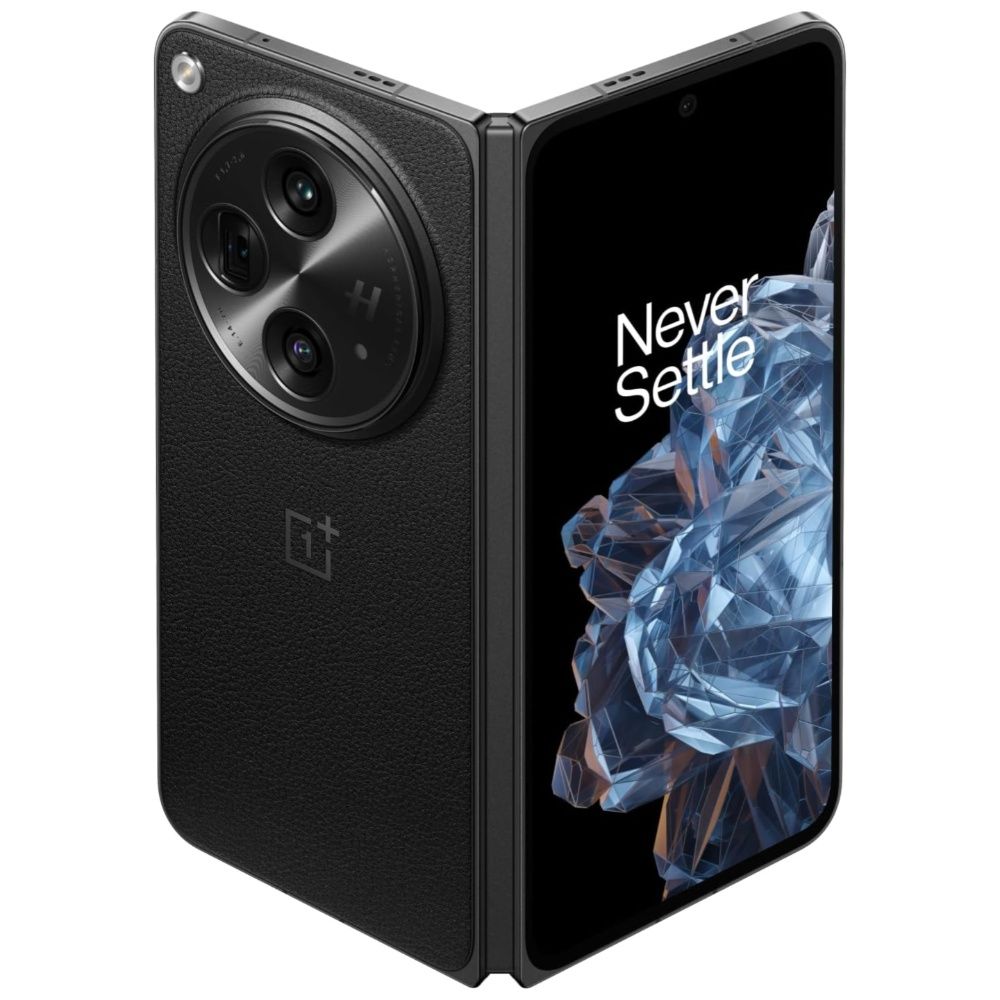
Best Foldable Camera Phone
OnePlus Open
Foldable Elegance
The OnePlus Open is a premium foldable smartphone featuring a 7.82-inch AMOLED 120Hz display, Snapdragon 8 Gen 2 processor, Hasselblad triple cameras, 4805mAh battery, and sleek ultra-portable titanium design.
- Hasselblad-tuned cameras excel in portraits and close-ups.
- Excellent multitasking features with Open Canvas software optimizations.
- Thinner, lighter foldable with durable hinge rated for 400,000 folds.
- Telephoto lens underutilized in low-light zoom scenarios.
- No wireless charging support at this premium price point.
For our top pick in foldables, the OnePlus Open is an absolute delight in the camera department. We’re working with a killer triple-threat camera setup headlined by a 48MP Sony LYT-T808 main sensor that’s just going to churn out crisp details, natural Hasselblad-tuned colors, and zero compromises in low light.
The matching 48MP ultrawide doesn’t feel like an afterthought either, covering a spacious 114° field of view and doubling as a legitimately useful macro shooter that can focus just 3.5cm away from subjects. But the real MVP might be the 64MP telephoto lens delivering proper 3x optical zoom with surprisingly clean 6x shots thanks to some in-sensor magic.
Where most foldables fall flat on their digital faces in dim conditions, the Open somehow manages to capture night shots that could make dedicated cameras sweat. Video capabilities are equally impressive – 4K60 across all lenses with stabilization that feels like you’re using a mini-gimbal, plus Dolby Vision recording that makes your everyday clips look almost cinematic. The 7.8-inch main display unfolds like a gorgeous mini-tablet, while the 6.31-inch cover display is actually usable.
Battery life from the 4805mAh cell is shockingly good for a foldable, easily lasting a full day of heavy use with 67W charging that goes from zero to hero in about 30 minutes. The biggest head-scratcher is the missing wireless charging at this price point, because what was the logic behind that? But if you want the absolute best camera experience on a device that transforms from phone to tablet, literally nothing else even comes close right now.
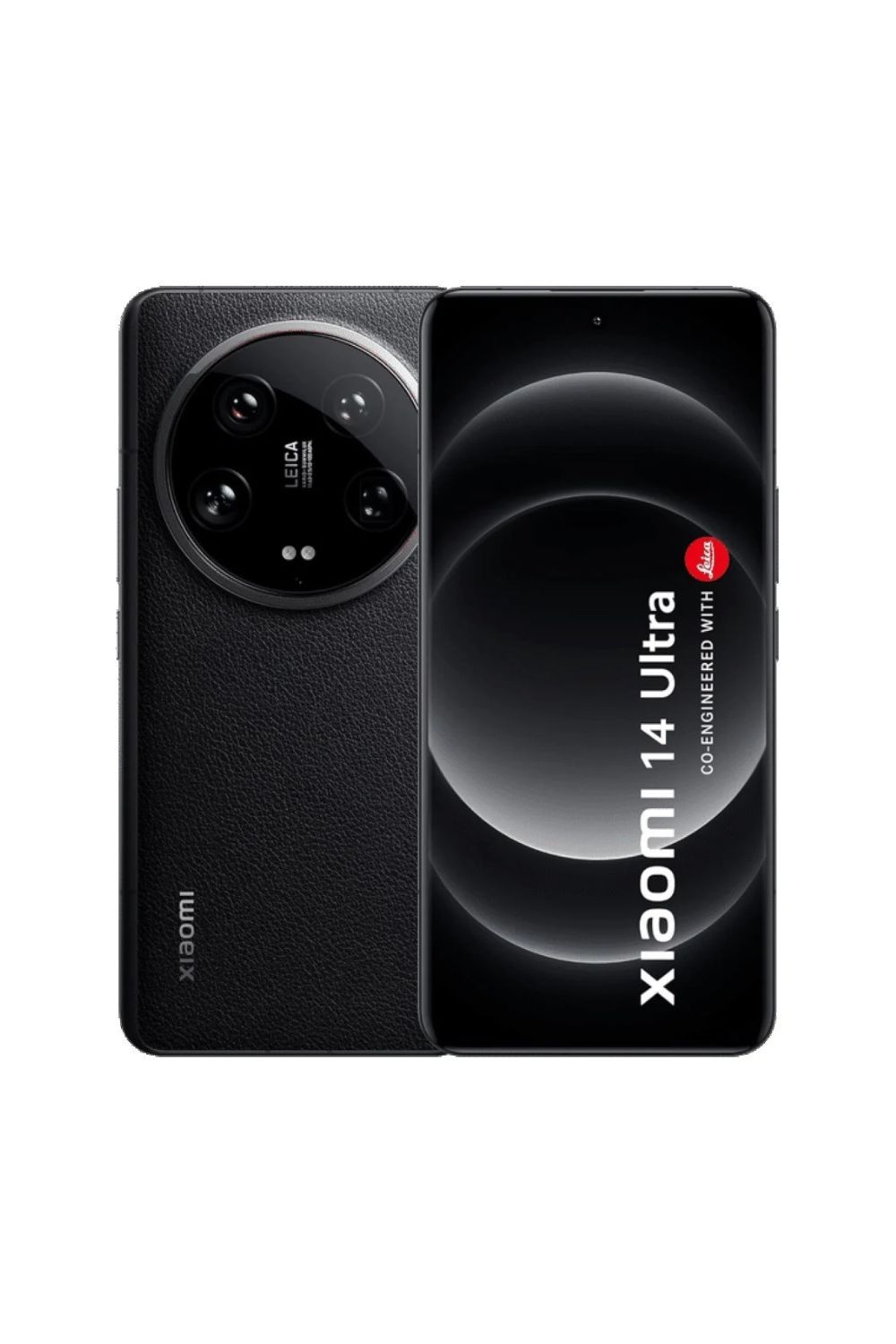
Best Collaboration Camera Phone
Xiaomi 14 Ultra
Variable Aperture, Infinite Creativity
The Xiaomi 14 Ultra 5G features a 6.73-inch WQHD+ AMOLED display, Snapdragon 8 Gen 3 processor, Leica-engineered quad 50MP cameras, 5300mAh battery with 90W charging, and professional-grade imaging capabilities for stunning photography.
- Leica-tuned quad-camera system with variable aperture technology.
- 90W wired and 80W wireless support included in-box charger.
- Stunning LTPO AMOLED display with peak brightness of 3000 nits. Fast charging:
- UI needs refinement; HyperOS can feel bloated at times.
Let’s talk about the most underrated camera beast on our list – the Xiaomi 14 Ultra. The headline feature has to be that massive 1-inch Sony LYT-900 main sensor with a variable aperture that lets you shift between f/1.63 and f/4.0. The results speak for themselves: stunning low-light performance, natural bokeh that doesn’t look AI-generated, and a level of detail that’ll have you checking the EXIF data in disbelief.
Xiaomi then went all-in with three additional 50MP cameras covering ultrawide (122°), 3x telephoto, and 5x periscope zoom. Unlike most phones where secondary cameras feel like afterthoughts, these all deliver consistently excellent results, especially that ultrawide, which doubles as a fantastic macro shooter.
Thanks to the Leica Partnership, Summilux lenses and color science give photos a distinctive look that’s both vibrant and natural. Video capabilities are equally impressive, with 8K/30fps recording and that MasterCinema mode for HDR10+ footage that looks legit cinematic.
Beyond the cameras, you’re getting serious horsepower with the Snapdragon 8 Gen 3 chip, a gorgeous 6.73-inch LTPO display that hits 3000 nits, and surprisingly good battery life from that 5300mAh cell with 90W wired and 80W wireless charging. The vegan leather back feels premium, though at 219g, this chunky boy isn’t winning any weight competitions.
Frequently Asked Questions
Do megapixels really matter in smartphone cameras?
Megapixels are basically the smartphone equivalent of claiming your car has 500 horsepower without mentioning it weighs 7 tons. Yes, higher numbers (like those ridiculous 200MP sensors) can deliver more detail and better digital zoom, but a well-optimized 12MP camera can absolutely smoke a poorly implemented 108MP shooter. Sensor size, aperture, and processing smarts usually matter way more.
What should I look for in a smartphone telephoto lens?
A proper telephoto lens should use optics rather than just cropping and upscaling your photos like it’s 2010. Good telephoto performance comes from dedicated hardware with actual optical zoom (3x-10x), decent resolution, and solid stabilization because nobody has surgeon-steady hands. Budget phones love to advertise “30x zoom!” which is basically just extreme digital cropping that turns your photos into watercolor paintings.
Do brand partnerships with traditional camera companies actually matter?
Partnerships usually influence how your photos look through distinct color science and image processing. Leica tends to deliver more contrast-heavy, film-like results, while Hasselblad focuses on natural color reproduction. The differences are subtle but noticeable, kind of like how audiophiles can tell different headphones apart. Are they game-changers? Not really. Do they give photos a distinctive character? Absolutely.
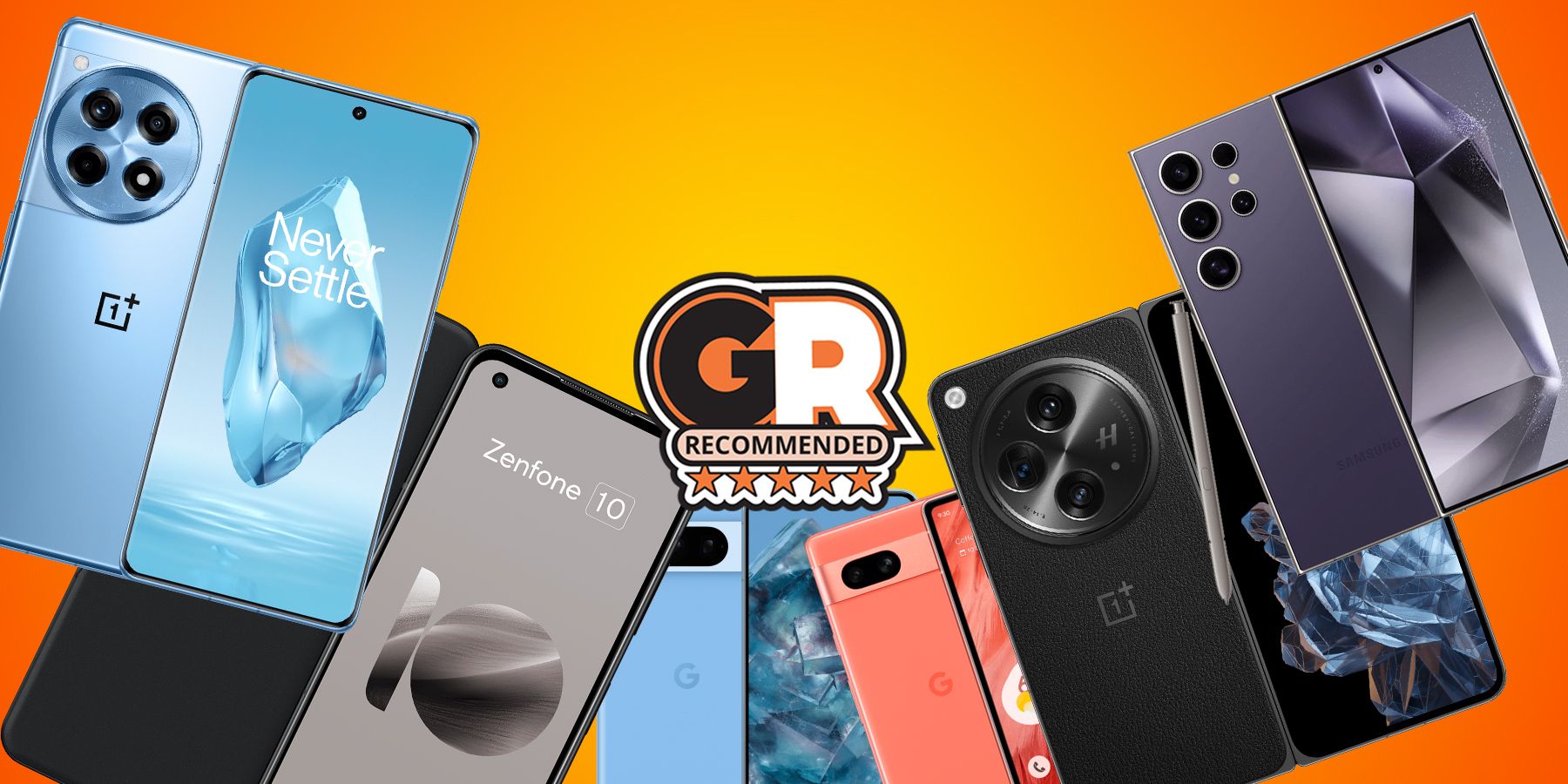
More
The Best Android Phones for 2024
Finding the best Android phone can be simplified with the tips and options included in this handy guide.
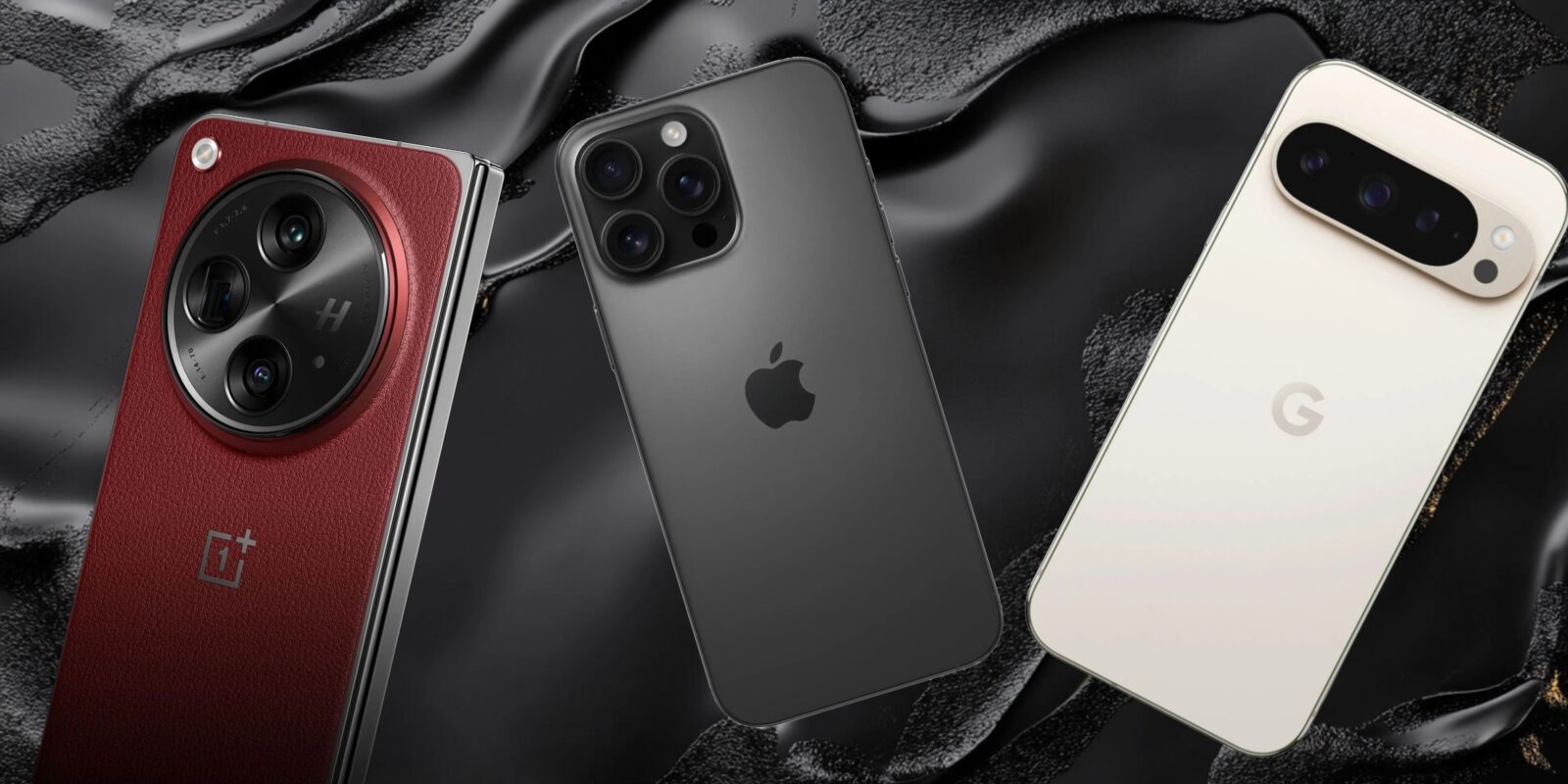
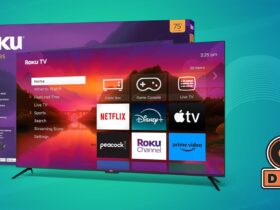
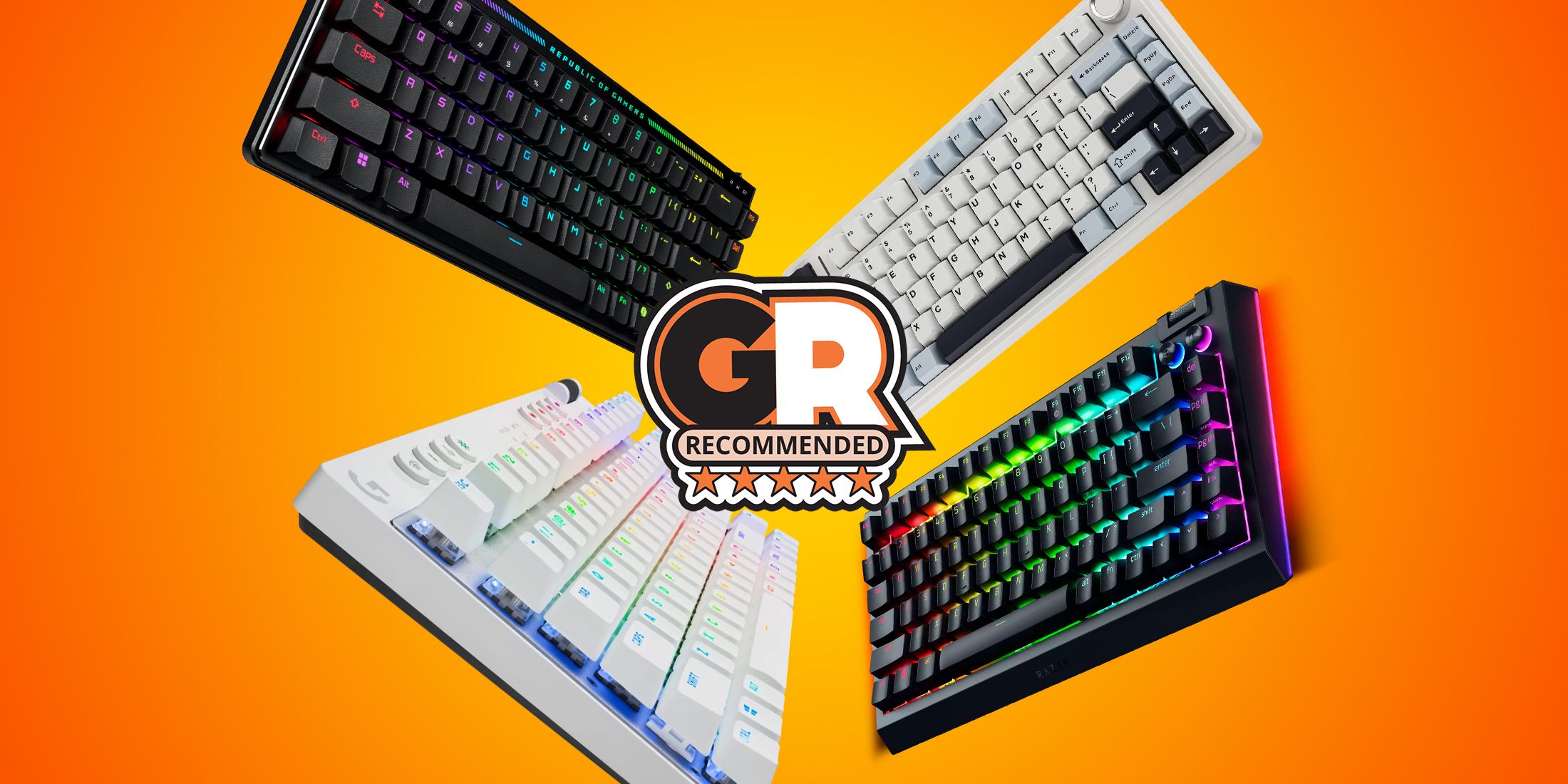


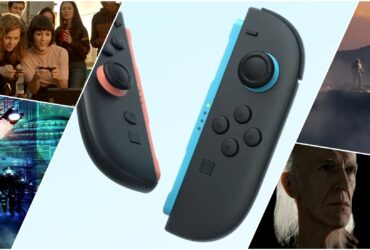


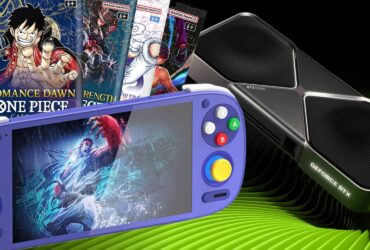
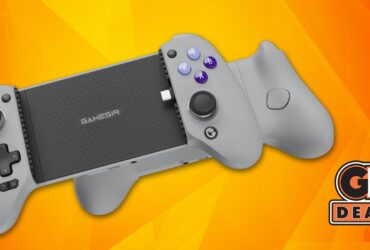
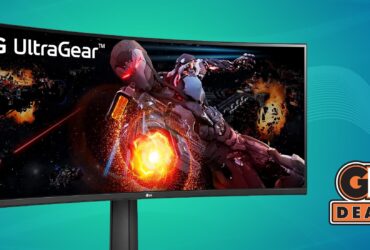
Leave a Reply